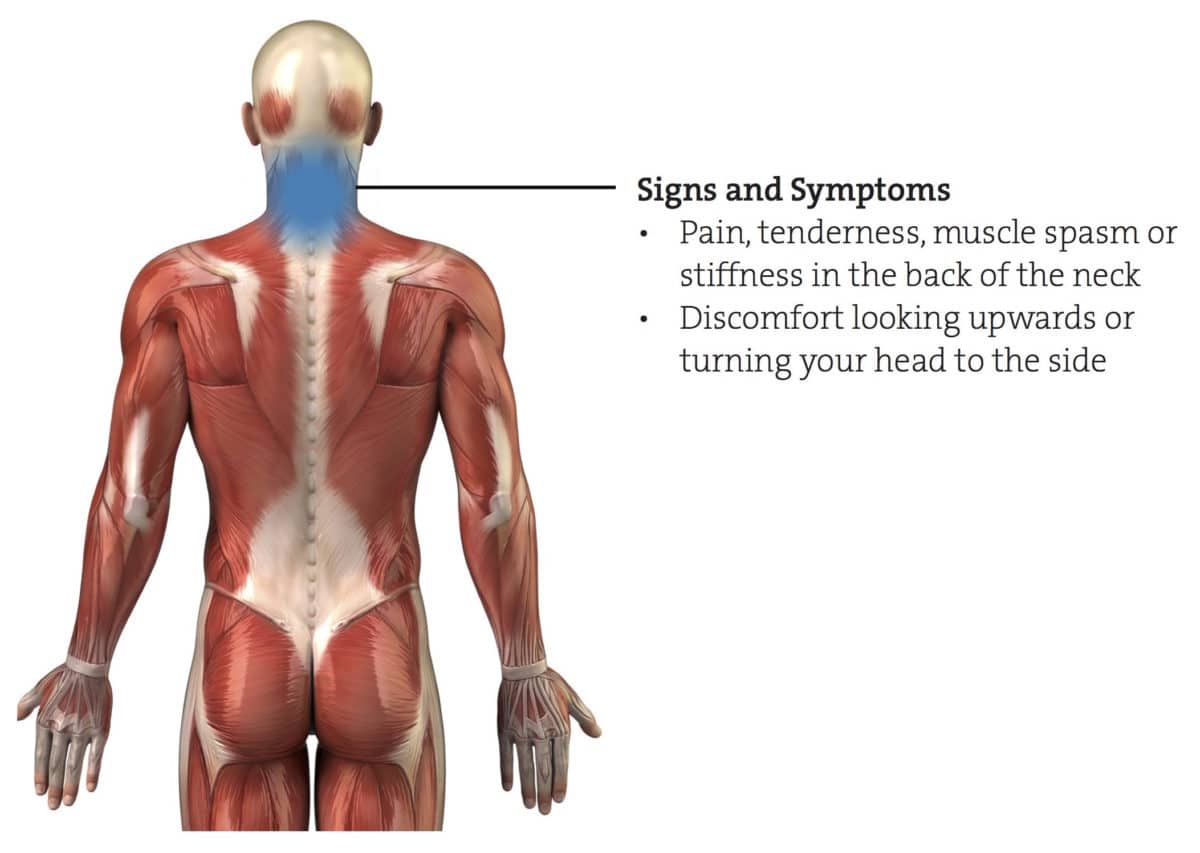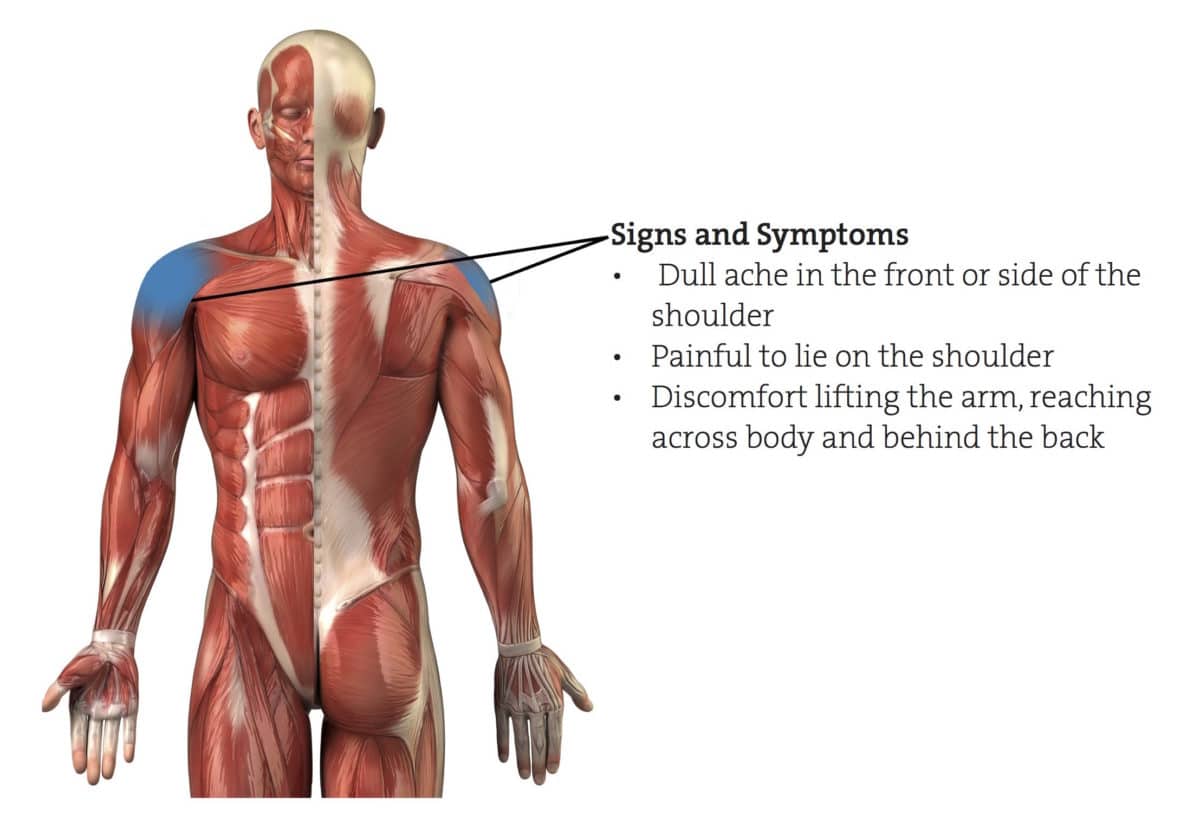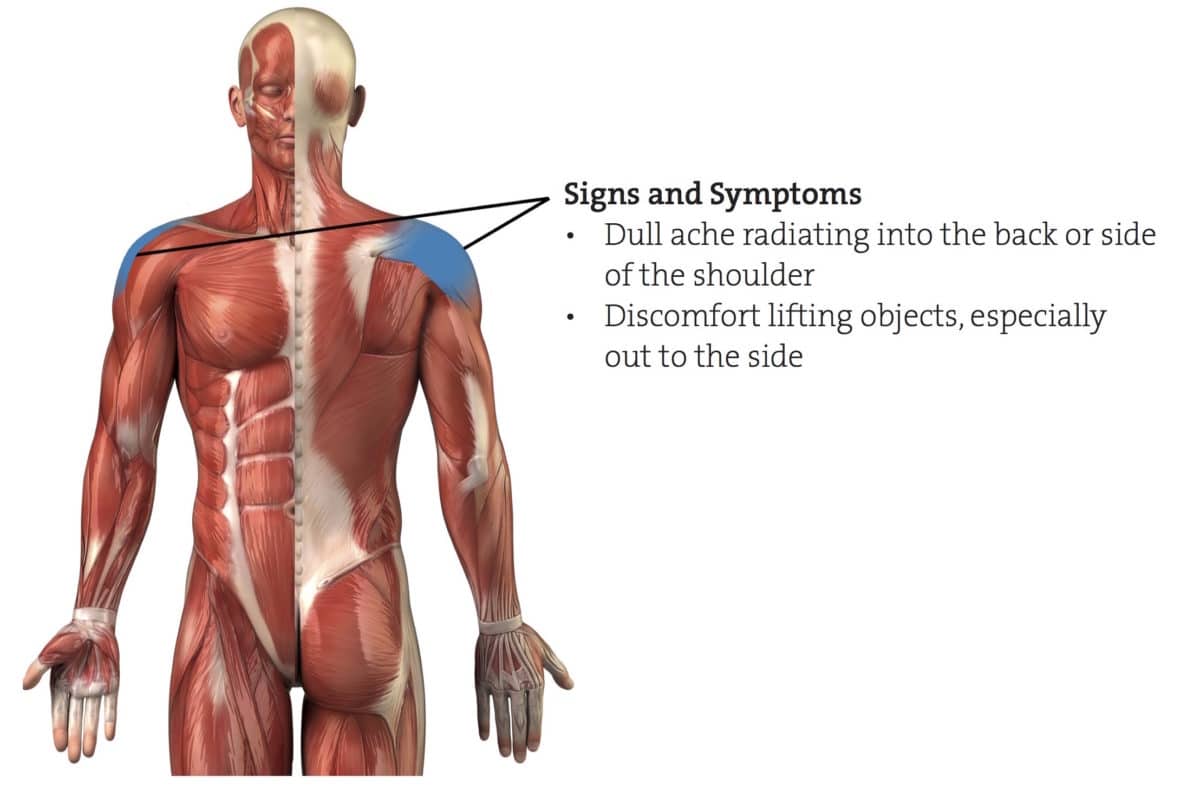Pulley Injury Climbing
The forearm muscles transition into long, narrow tendons as they extend into the wrist and fingers. These tendons thread through fibrous sheaths and pulleys, which keep them gliding flush to the finger bones, similar to the way a climbing rope runs through quickdraws.
In each finger, there are five annular pulleys, which sling around the front of the bones like the eyelets of a fishing rod, and three cruciform pulleys, which form crosses over the bones, to secure the tendons. When the forearm muscles contract, they pull these tendons and flex the fingers.
If the finger flexor tendons create too strong of an outward force – something that can happen if you pull hard on a mono pocket, for example – they can stretch, tear or completely rupture a pulley.
Pulley sprains are one of the most common climbing injuries, not only for newer climbers who haven’t yet developed, but also for experienced climbers who are cranking on tiny crimps and monos or hitting the hangboard too hard. If you have a finger that hurts, take a deep breath, modify your next climbing session, and dive into the Rock Rehab Pyramid below, designed to rehabilitate and prevent a pulley sprain.
Check out the video below for an exercise to help treat a pulley injury.
Instructions
Perform the below hand positions in a rhythmic sequence.
- Flat Fist: Start by folding your fingers into your palm.
- Full Fist: Pull your fingers in toward your knuckles.
- Hook Fist: Role your fingers into a claw.
- Straight Fingers: Extend your fingers into a fully open position.
What It Does
By moving the fingers through a full range of motion and keeping the wrist neutral, you glide the tendons underneath the pulley. This promotes tendon healing, reduces pressure and increases mobility, strength and blood flow.
Frequency
3 sets of 10 repetitions up to 3 times per day.
Tips
Progress the tendon glides into more complex and climbing-specific movement patterns. Mime the moves on your project, for example.
Build these movements into your warm-up routine before climbing or fingerboard sessions. See below for an example of how to incorporate tendon glides into climbing-specific movements. How can you further progress these to mimic climbing movements? Squat in a semi-crouch position or perform them while flagging on the ground.
Self-Care Program
Interested in more exercises like this one? Want to learn how to determine the severity of your injury, choose a rehabilitation category, and start a self-care program to return back to climbing injury-free? Check out our rock rehab self-care protocol below:




